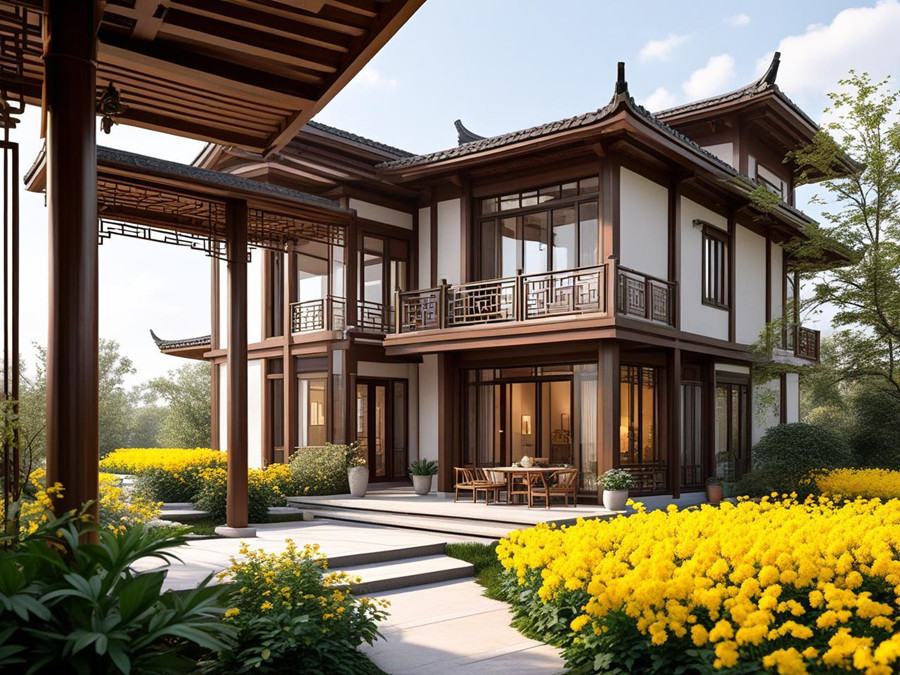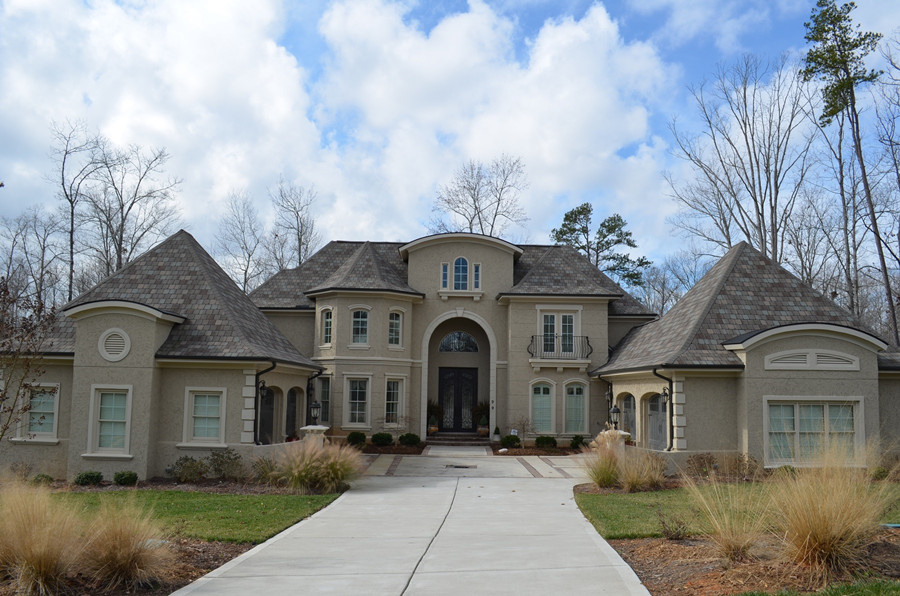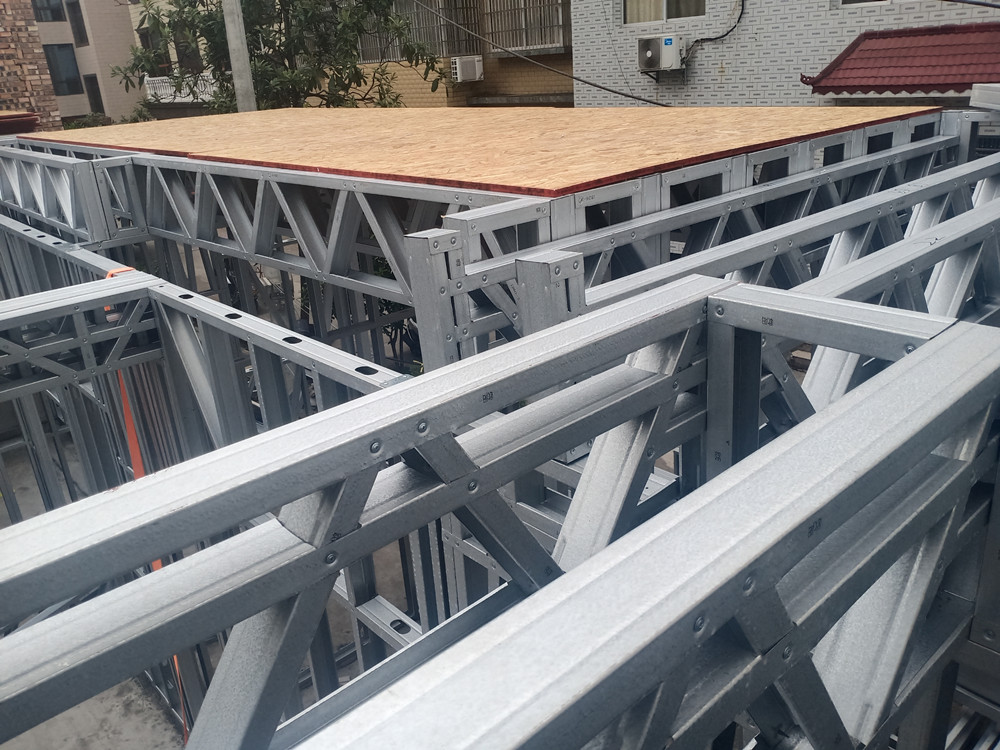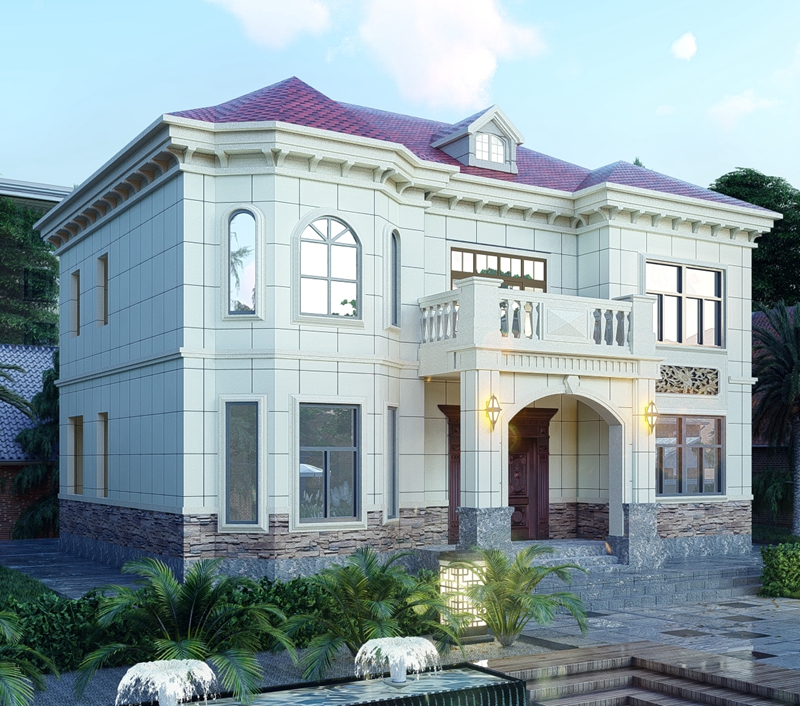The choice between steel and concrete as primary building materials has long been debated in the construction industry. As urbanization accelerates and sustainability becomes a global priority, understanding the strengths, weaknesses, and applications of these materials is critical. This article examines the key differences between steel and concrete houses, focusing on durability, cost, environmental impact, design flexibility, and suitability for modern living.

Steel House
1. Structural Performance and Durability
Steel Houses
- Strength-to-Weight Ratio: Steel offers exceptional tensile strength, making it ideal for high-rise buildings and regions prone to earthquakes or hurricanes. Its lightweight nature reduces foundation load.
- Corrosion Risks: While galvanized steel resists rust, coastal or humid environments may require additional protective coatings.
- Longevity: Properly maintained steel structures can last over 100 years.
Concrete Houses
- Compressive Strength: Concrete excels in bearing heavy vertical loads, providing stability for low-rise and underground constructions.
- Fire Resistance: Concrete outperforms steel in fire resistance, as it does not warp or melt under high temperatures.
- Cracking Issues: Susceptible to cracks due to thermal expansion or ground movement, though reinforced concrete mitigates this risk.
Verdict: Steel suits dynamic, disaster-prone areas; concrete is better for fire safety and static loads.

Concrete House
2. Cost and Construction Efficiency
Steel Construction
- Initial Costs: Prefabricated steel components reduce labor costs but may be 10–20% pricier than concrete in material expenses.
- Speed: Modular steel frames enable rapid assembly, cutting project timelines by 30–50%.
- Maintenance: Lower long-term upkeep costs due to resistance to pests (e.g., termites) and rot.
Concrete Construction
- Material Affordability: Raw materials (cement, sand, aggregates) are generally cheaper, but labor-intensive processes increase overall costs.
- Time Delays: Curing time slows progress, especially in cold climates.
- Energy Bills: Concrete’s thermal mass reduces heating/cooling costs in temperate regions.
Verdict: Steel saves time but demands higher upfront investment; concrete offers long-term energy savings.

The structure of steel residential buildings
3. Environmental Impact and Sustainability
Steel’s Footprint
- Recyclability: Steel is 100% recyclable, with 60–70% of global production using scrap metal (World Steel Association, 2024).
- Carbon Emissions: Production emits significant CO₂, but advancements in electric arc furnaces and green hydrogen tech are reducing this.
Concrete’s Footprint
- Resource Intensity: Cement production accounts for 8% of global CO₂ emissions (MIT, 2024).
- Innovations: Carbon capture concrete and geopolymer alternatives (e.g., using fly ash) are emerging as eco-friendly solutions.
Verdict: Both materials face sustainability challenges, but steel’s recyclability and concrete’s evolving green tech offer hope.

European style steel structure residential building
4. Design Flexibility and Aesthetic Appeal
- Steel: Allows for open floor plans, curved walls, and cantilevered designs. Modern finishes like exposed beams cater to industrial aesthetics.
- Concrete: Versatile in formwork, enabling organic shapes (e.g., curved facades). Polished concrete floors and minimalist textures align with contemporary trends.
Verdict: Steel supports bold, modern architecture; concrete provides raw, sculptural elegance.
5. Future Trends and Hybrid Solutions
The divide between steel and concrete is blurring:
- Composite Systems: Steel-reinforced concrete combines both materials’ strengths.
- Smart Materials: Self-healing concrete and corrosion-resistant steel coatings enhance longevity.
- 3D Printing: Both materials are being used in additive manufacturing for custom, low-waste structures.
Conclusion: Context Dictates Choice
For steel houses, prioritize speed, seismic resilience, and recyclability. For concrete houses, focus on fire safety, thermal efficiency, and cost-effective scalability. In 2025, hybrid systems and green innovations are making both materials viable for a climate-conscious era. Ultimately, the decision hinges on location, budget, and architectural vision—whether crafting a sleek urban loft or an earthy, energy-efficient villa.